
Workbook: The Admirable Crichton

The talented Steven Sutcliffe plays our admirable Crichton, servant and master.

Last year, Steven played Lord Goring in the Shaw Festival production of An Ideal Husband, pictured here. Steven has been at the Festival for a number of seasons; and starred in Sunday in the Park with George




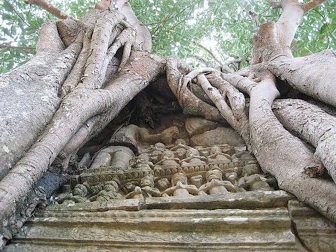
The story begins in London, at the apartments of Lord Loam, and quickly moves off to an undisclosed location which could be just about anywhere, or even nowhere at all.
A preliminary sketch above shows a kind of view of the Wellington Arch which sits near the entrance to Buckingham Palace, itself the ultimate symbol of unearned privilege.
Two key visual ideas have inspired us. Right, vines growing on a wall near our house in Toronto; we are interested in the idea of a building and perhaps even a society being overgrown and turned inside out by the forces of nature,
and here, right, trees sketched by the British Artist Arthur Rackham, an illustrator from the 1920s when we have set our play. Left, this temple in Cambodia shows natures awesome relentlessness Our idea is that the Loams may not have gone as far in their adventure as they might think.
Ideas, sketches, images, for our Shaw Festival production of The Admirable Crichton
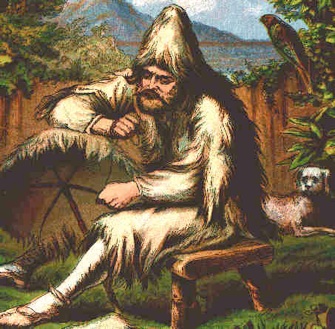
Robinson Crusoe, while probably not the first, is certainly the most famous of desert island fantasies; it being the most widely read and adapted book in the history of English. The idea that a person can reinvent society on some distant shore was the dream of many. Certainly, there is a political motivation for such stories; even Karl Marx saw the purpose in the Crusoe story, as representing labours inherent value over capital; a person is as good as the work he does. In The Admirable Crichton there is a clear socialist message. Below, Karl Marx, shit disturber.
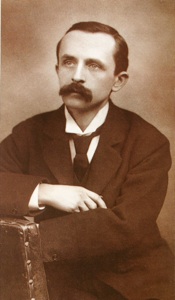
Pictured, right, Sir James Matthew Baronet Barrie, author of The Admirable Crichton. His most noted and lasting legacy is, however, Peter Pan, which began its life as a short story and then the play, Peter Pan or The Boy Who Wouldnt Grow Up, and then finally as a novel. The publishers extracted some of the book to create Peter Pan of Kensington Gardens with illustrations by Arthur Rackham. So we were not the first to put these two artists together in a single production. Below, an illustration from the book.
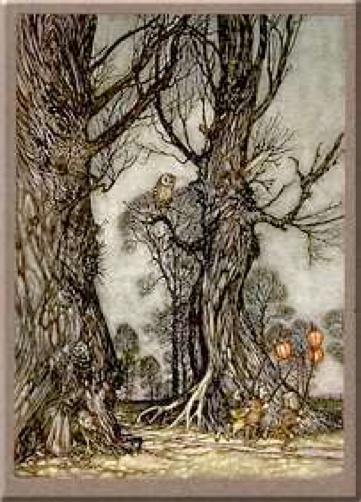



We have decided to set the play in the early 20s so that we can throw in some music and great dance numbers. The 20s, to us, represent a real departure in both music and dance from the staid stiff upper lip period which preceded it, but as importantly, attitudes began to change; social, moral, political ideas shifted dramatically following the First World War, and signalling the slow beginning of the end for the British class system, as well as the implosion of the British Empire. Pictured below, Valerie Moore is choreographer for the show. Our first of many collaborations with Valerie was in 1986 in Pal Joey at the Tarragon Theatre where Ken designed the sets and Morris played the title role.
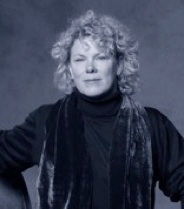
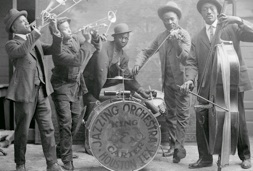
The Jazz Age was a musical turning point, but also a social revolution. Music can change the way people think about the world, and did.
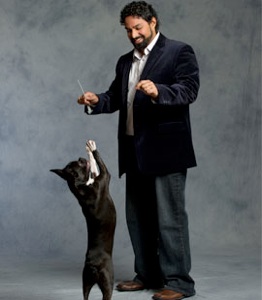
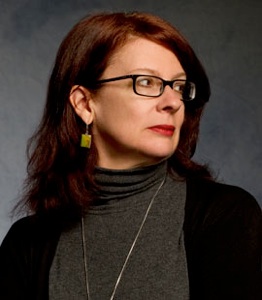
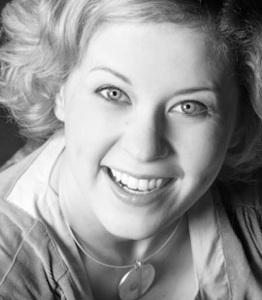
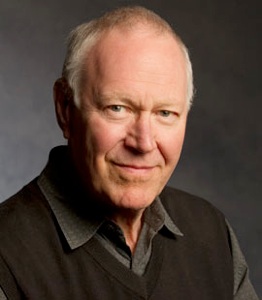
David Schurmann, left, plays Lord Loam; David last worked with us in You Never Can Tell. Right, Ryan Desouza will lead the orchestra and also construct music out of the debris of ideas that Morris has left him. The tone is decidedly jazz influenced, early jazz, that is. Ryan will take existing hits from the 20s and either play them or transform them into other musical material. In all, six musical numbers are planned, as well as incidental music throughout. Below, right, Nicole Underhay plays Mary Loam; this marks the first time in about three years that Nicole has been at the Festival. Morris and Ken last worked with Nicole in The Constant Wife at the Arts Club in Vancouver, and before that in Design for Living at the George Theatre at Shaw and in You Never Can Tell on the Festival Stage. Left, Charlotte Dean, who also designed costumes for us in The Doctors Dilemma will again do the costumes for The Admirable Crichton. Because the production will have a decidedly 20s air about it, Charlotte will need to find a style of dress both for the staid upper crust London household, and for the wild, natural household on the deserted island.
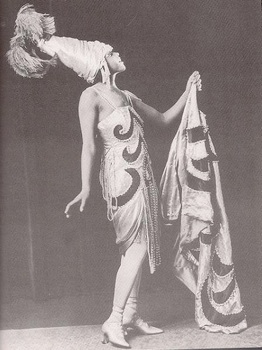



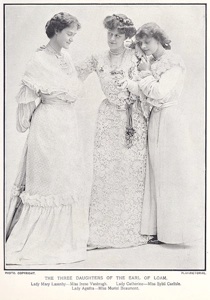
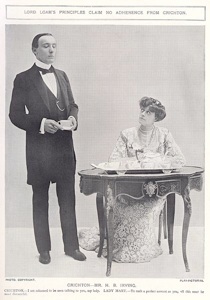
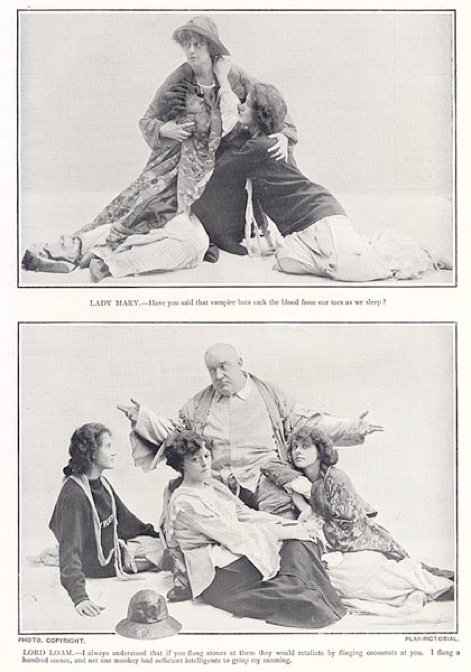




Above and left, sketches that Ken has been working on for the set. We are creating a kind of illustrated story book for the set, based on the idea that Earnest publishes a book about the journey on their return from the island, albeit a complete falsification of events. It wouldnt be the first time in history that somebody rewrote it in order to preserve the status quo


Set construction in the Virgil shop. Left, a tree is drawn which will be cut out and mounting on opera screening, and right, Wellington Arch which will stand in the background of the first scene. Note the purposeful two dimensionality, in keeping with the storybook fable style of the production.




Below, centre, guys in the shop weld together pieces of metal, then make them look like wood for a platform. Below, right, Ken, SM Alan, ASM Chris, and the inestimable Nicole Underhay, on break from rehearsal.
Left, head scenic painter, Gwynth, stops to smile for the iphone camera, meanwhile over in props, construction is proceeding on rustic island instruments for our chorus of Charles H. Bennett inspired animals. All the instruments have ingeniously been built to be played.
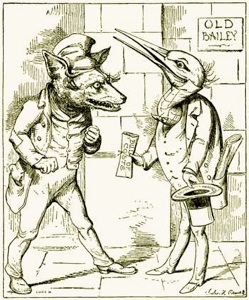


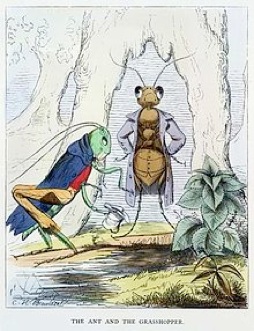
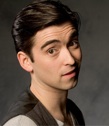


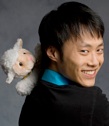
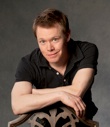


Shown below, our six actors playing animals in the chorus, Keira, a hare, Jonathan, a crane, Devon, a fox, Katie, a hedgehog, Heather, a crow, and Billy, a very sophisticated wolf. These animals, we hope, will give the production a true story book feel while at the same time underlining the key theme of nature. They will also sing and dance. A dancing hedgehog, now thats nature as God intended.

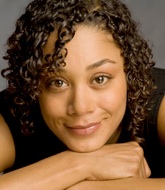
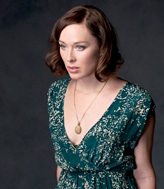
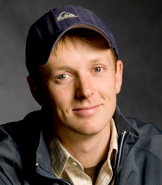
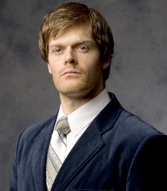
Left, servants in a Victorian household; sometimes the hierarchy among the servant class was even more entrenched than that of their employers. Some of upper echelon, in our production, pictured here, right, Moya OConnell as Catherine, Cherissa Richards as Agatha, Martin Happer as the Reverand Traherne, and Kyle Blair as Earnest.
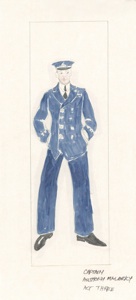

Painted model renderings for each act, these are used a reference in the paint shop so that the painters can create the canvas drops which are then attached to the proscenium arches. Here, above, for acts one and three, and below, for acts two and three


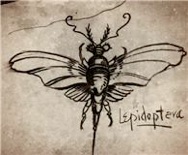
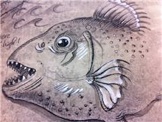
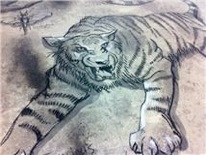





Below, from concept to early designs to mask consultation with Grace Nakatsu and Charlotte, left, the challenging task of building our animal narrators begins. Left, a first meeting with Grace and a week later, she begins forming the shapes of the masks we will us as Charlotte works her own magic
We last worked with Moya in Constant Wife, with Cherissa in The Doctors Dilemma, and with Martin in You Never Can Tell, but this is our first time working with Kyle
Above, costumes for Crichton and a naval officer. Below left, Keira Sangster as Hare, below, Billy Lake as Wolf, fitted for masks by master mask maker Grace Nakatsu
You can see from Charlottes costume sketches of the crow, left, and the wolf, right, that the animals are going to be very sophisticated. Meanwhile, below, the painting of the proscenium arches continues apace, much of it already applied and hanging in the flies





Jonathan Tan is fitted with a very large beak as Grace and Morris look on.

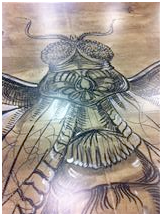
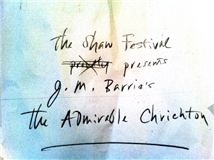
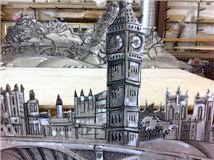
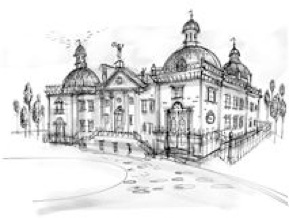
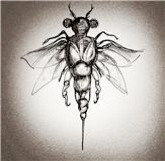
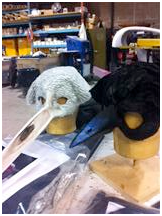
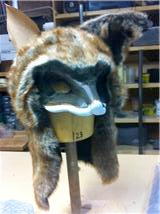
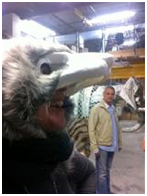
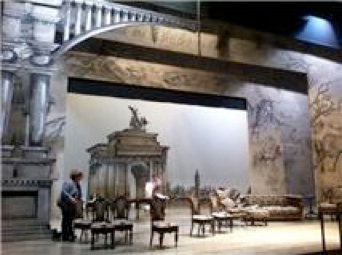
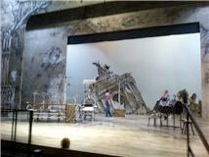
Photos, left, from our visit to the Paragon shop in Oakville, where the masks are being constructed. Above and right, designer day in the Festival Theatre where Ken gets a chance to look at his set onstage, and give any notes to the builders, painters, and props masters, in a final push for completion.
Left, and below, images which will appear on the scrim, prior to each scene of the play. By use of computer imaging, Kens drawings and scribblings will be reconstructed to appear as if they are being drawn on the screen, in keeping with our sketchbook theme for the production. Below, right, a giant bug graces the floor of the set.
Far left, sitzprobe, a very exciting day when we hear the orchestra for the first time. This not only informs the dynamic of the show, but gives the choreographer, left, a chance to work with the band to match some of the moves in the show with the music, particularly percussion. Here, Val works on the bows. Below, as we move into our tech period, light is applied to a waiting set. Speaking of waiting, below, Jonathan Tan, as the Crane, waits for lights as he perches patiently on the table in Act Three. Tech is all about waiting.
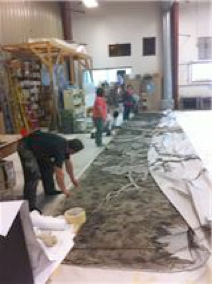
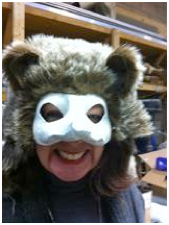
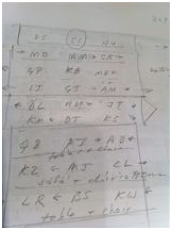
Pictured, left, some etched out idea of the curtain call that didnt work out in reality; see: chapter one, Peter Brook, The Empty Space. Right, scenic artist carefully roll up opera screening to be transported to the theatre, and below, left, Charlotte models a work in progress at Grace Nakatsu studio
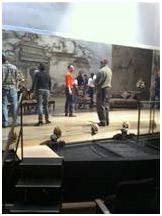
First onstage day, actors explore
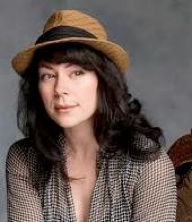
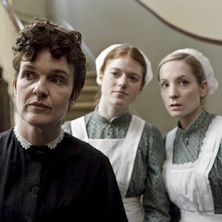
The delightful Marla McLean, left, plays Tweeny. A tweeny, in English houses, was a between maid who did odds and ends in the kitchen, helping the vegetable cook, among other pursuits. The position was considered a lowly one.
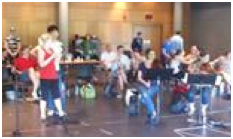
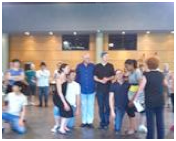
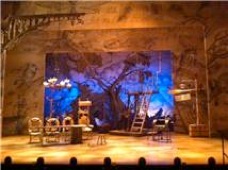
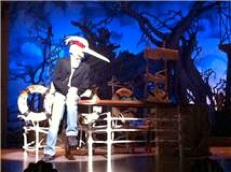
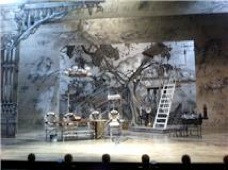
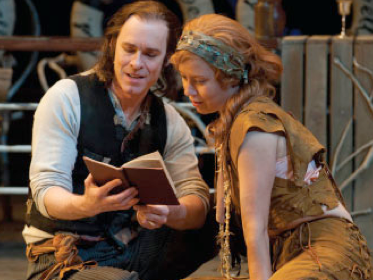
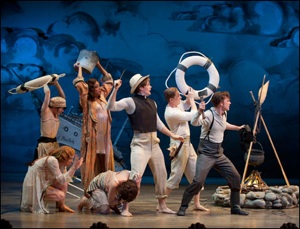
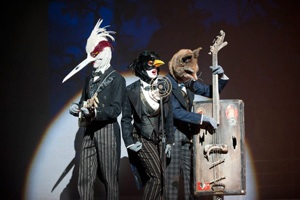
Some David Cooper production shots of The Admirable Crichton. Above, Steven and Nicole learn about reincarnation; upper right, Marla, Nicole, Cherissa, Moya, Martin, Kyle, and Steven prepare for the attack of a tiger cat; right, Jonathan, Heather and Devon rock the 20s song If You Hadnt Gone Away orchestrated by resident musical genius Ryan de Souza and wonderfuly played by our orchestra. Many thanks to all crew, props makers, builders, painters, actors, coaches, designers, stage managers, musicians, for making this not only a fantastic show, but a really cool working experience.